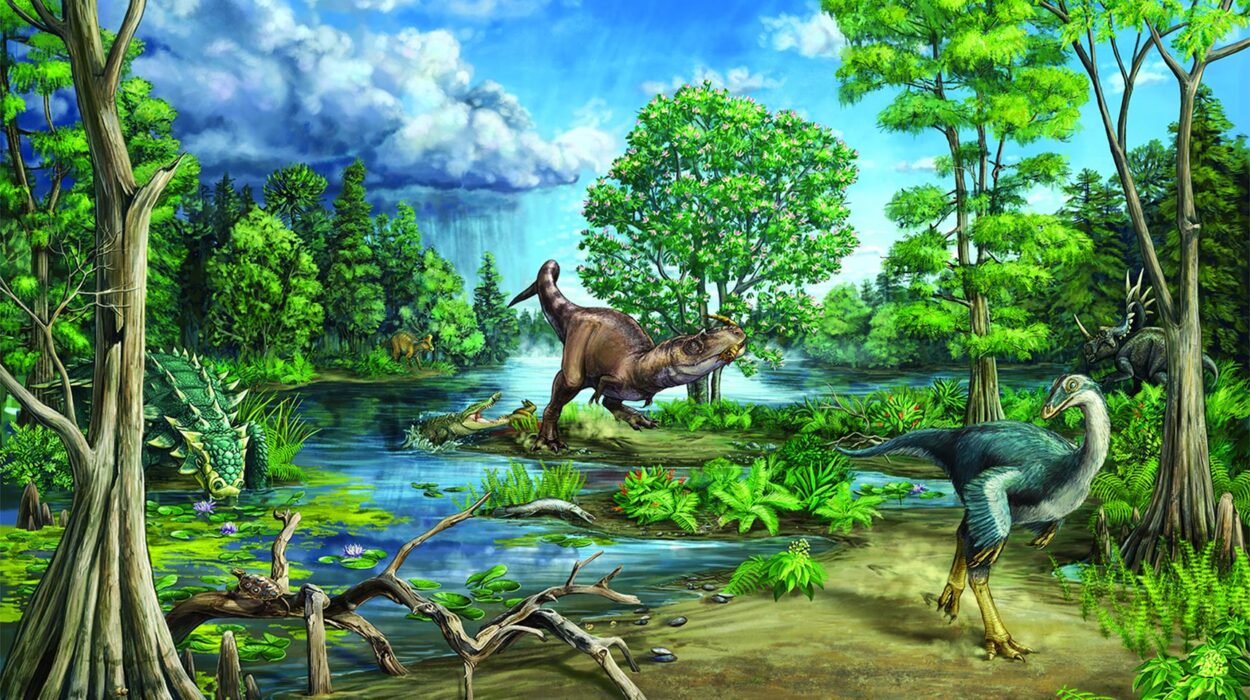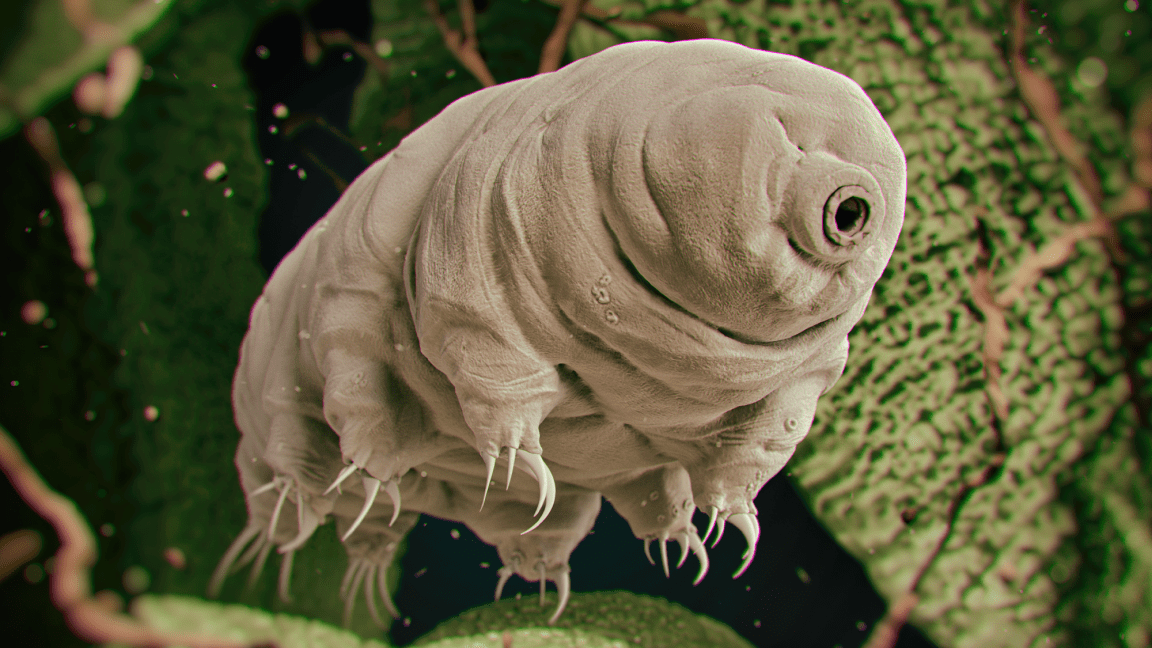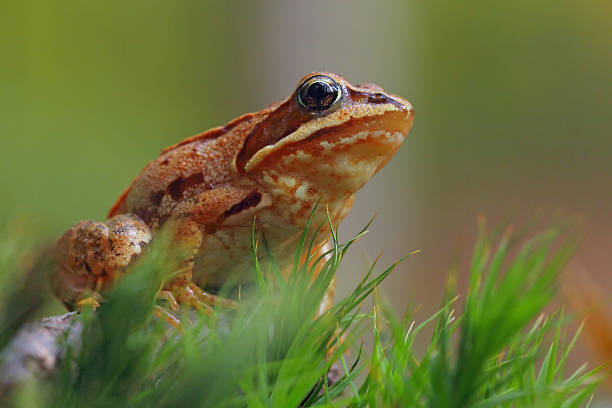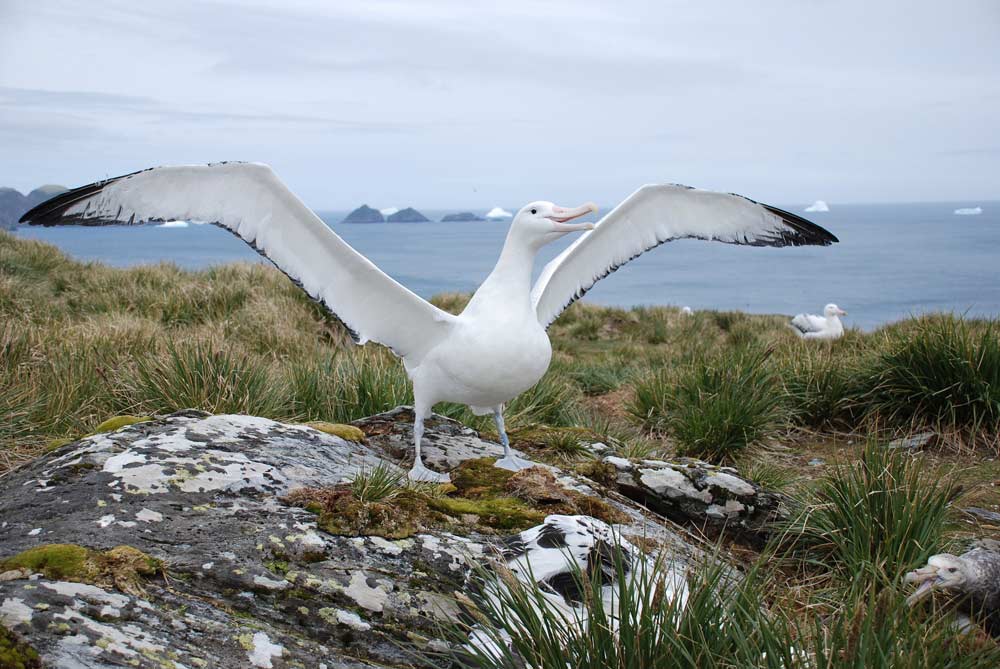Imagine being stranded in a desert, an icy wasteland, or deep beneath the ocean — and surviving for months without a single meal. For humans, this idea borders on impossible. But for many creatures in nature, it’s just another ordinary feat. The ability to endure long periods without food isn’t just about strength; it’s about adaptability, patience, and evolutionary brilliance.
In the natural world, survival often depends on resilience and resourcefulness. Some animals can slow their metabolism to a crawl, others store massive energy reserves, and a few simply enter a dormant state that halts their biological clocks. Each of these strategies is a masterpiece crafted by evolution — a delicate dance between starvation and survival.
Let’s journey into the lives of ten remarkable animals that have mastered the art of living without food for months. Their stories are a reminder of nature’s boundless creativity and endurance.
1. Crocodiles – The Ancient Masters of Metabolic Control
Few creatures embody patience like the crocodile. These ancient reptiles, unchanged for over 200 million years, are the ultimate predators of stillness. A crocodile can go without food for months, sometimes even a year, depending on environmental conditions.
How do they do it? Crocodiles possess an incredibly efficient metabolism. When food is scarce, they can slow their heart rate to just two or three beats per minute. Their bodies prioritize essential functions, conserving energy while their powerful digestive system breaks down the last meal they devoured—often a massive animal that provides enough sustenance for months.
They can survive long dry seasons by lying motionless in mud or shallow water, waiting for the rains to return and prey to reappear. During this time, their energy needs drop dramatically. Some crocodiles even bury themselves in cool mud to stay hydrated and reduce energy loss.
Crocodiles are not just survivors; they are patient opportunists. Their endurance isn’t desperation—it’s strategy. In the wild, the crocodile’s greatest weapon isn’t its bite. It’s its ability to wait.
2. Emperor Penguins – The Enduring Fathers of the Antarctic
On the icy plains of Antarctica, where temperatures can plunge below -60°C and winds roar at 100 kilometers per hour, a miracle of endurance unfolds every winter. The Emperor Penguin — the tallest and heaviest of all penguin species — endures months without food, not for survival alone, but for love and duty.
When the female lays a single precious egg, she passes it to her mate before heading to the sea to feed. The male then takes on one of nature’s most selfless tasks: incubating the egg through the brutal Antarctic winter.
For nearly four months, the male penguin eats nothing. He huddles with thousands of others, sharing warmth in an extraordinary act of communal endurance. During this period, he loses up to half his body weight, relying entirely on stored fat reserves.
Yet through it all, he stands steadfast, protecting his egg on his feet, balancing it carefully under a warm flap of skin. When the female returns in spring, full from feeding, the male is weak but victorious — he has kept life alive through sheer resilience.
The Emperor Penguin’s fast is one of the most moving examples of parental devotion in the natural world — a reminder that sometimes, survival is sustained not by hunger, but by hope.
3. Snakes – The Silent Fasters of the Wild
Snakes are masters of minimalism. Their cold-blooded physiology allows them to conserve energy in ways mammals never could. Some species, like pythons and rattlesnakes, can survive up to two years without a meal.
Unlike warm-blooded animals that must constantly burn energy to maintain body temperature, snakes simply lower their metabolism when food is scarce. They can slow their metabolic rate by as much as 70%. Their bodies recycle proteins, minimize muscle loss, and sustain vital organs with remarkable precision.
Large constrictors like anacondas and boas feast on enormous prey — deer, birds, even crocodiles — and then spend months digesting and absorbing nutrients. During this time, their heart rate and digestion slow dramatically.
This extraordinary adaptation has made snakes resilient across environments — from lush rainforests to barren deserts. They remind us that survival isn’t always about movement or abundance; sometimes, it’s about stillness and mastery over time itself.
4. Camels – The Nomads of the Desert
The camel is nature’s quintessential survivor — a creature built for scarcity. When you picture the desert’s endless dunes, you imagine a camel’s patient silhouette trudging across the horizon. These animals can go months without food and weeks without water, thanks to unique biological adaptations.
Contrary to popular belief, their humps don’t store water — they store fat. This fat acts as a slow-release energy reserve. When food is scarce, the fat is metabolized into both energy and water, sustaining the camel in some of the harshest climates on Earth.
Camels also regulate their body temperature in a way that minimizes water loss. Their blood cells are oval-shaped, allowing them to circulate even when dehydrated. Their metabolism slows during food shortages, conserving every precious calorie.
They can lose up to 25% of their body weight without suffering ill effects — a feat that would be deadly to most animals. Camels are not just adapted to the desert; they are the desert’s living heartbeat, thriving in a place where nearly everything else perishes.
5. Bears – The Sleeping Giants of Winter
When winter descends and the world grows cold and barren, bears retreat into the silence of hibernation — a state of suspended animation that can last up to seven months.
During hibernation, a bear doesn’t eat, drink, urinate, or defecate. Its body temperature drops slightly, its heart slows to less than 10 beats per minute, and its metabolism plummets to a fraction of its normal rate. Yet despite this near-death-like stillness, the bear’s body continues to function perfectly.
Its fat reserves, built during the abundant summer months, provide energy throughout the winter. Even more astonishingly, bears can recycle nitrogen from their waste to preserve muscle tissue, preventing atrophy.
When spring arrives, the bear emerges leaner but alive, stretching after its long slumber — a powerful symbol of nature’s rhythm of rest and renewal.
6. Sharks – The Ocean’s Relentless Survivors
In the deep blue, survival is a game of hunger and endurance. Sharks, the ancient lords of the ocean, have evolved to survive even when food is scarce. Some species, such as the great white shark and tiger shark, can endure up to three months without eating.
These apex predators rely on efficient energy use and fat reserves stored in their livers — which can make up nearly 25% of their body mass. When prey is plentiful, they gorge, storing nutrients for leaner times.
A shark’s metabolism adjusts based on activity and water temperature. When food is scarce, they slow their swimming pace, reducing energy expenditure. Their cold-blooded physiology and massive liver reserves allow them to drift for weeks through the dark ocean without the need to hunt.
Sharks embody the balance between ferocity and patience. They remind us that true strength lies not only in action, but in the wisdom of restraint.
7. Galápagos Tortoises – The Slow Kings of Longevity
If time had a living form, it would move like a Galápagos tortoise. These colossal reptiles can weigh over 400 pounds and live for more than 150 years. But perhaps their most remarkable ability is to survive up to a year without food or water.
The secret lies in their astonishingly slow metabolism. Their heart rate can drop to just two beats per minute, and their bodies are so efficient at using stored energy that they can endure extreme deprivation without harm.
Historically, sailors exploited this endurance, keeping tortoises aboard ships as living food supplies — a tragic testament to their resilience. Yet even in the wild, tortoises often face long dry seasons with little vegetation or water.
They endure through stillness, conserving energy and drawing on their internal reserves. The Galápagos tortoise is more than a survivor; it is a living emblem of patience, endurance, and the slow, deliberate art of life.
8. Frogs – The Frozen Fasters
When winter blankets ponds and wetlands in ice, frogs don’t flee — they freeze. Some species, like the wood frog, can survive months in a state of suspended animation, their hearts stopped and their blood laced with natural antifreeze.
During this time, they eat nothing. Their bodies shut down almost completely, drawing energy from stored glycogen. When spring warmth returns, they thaw and hop back to life as though nothing happened.
Other frogs endure dry seasons through aestivation, a form of dormancy similar to hibernation. Buried in mud, they slow their metabolism to near zero, surviving months without food or water until the rains return.
These amphibians represent one of nature’s most dramatic feats — pausing life itself and restarting it when the world is ready.
9. Spiders – The Silent Predators of Stillness
Spiders are symbols of patience. Their strategy is to wait — and they can wait a long time. Many species can survive up to two months without eating, while some large tarantulas have lasted nearly two years without food.
A spider’s metabolism is low, and its body is built for energy efficiency. When prey is scarce, it enters a fasting state, slowing internal processes to conserve energy. Some even consume parts of their own web to recycle nutrients.
Tarantulas, in particular, are masters of this endurance. In captivity, they’ve been known to fast for over a year without ill effects. Their secret lies in their calm stillness — movement is life, but also energy, and spiders know exactly when to save both.
The spider’s patience teaches us that hunger, too, can be an art — a quiet balance between need and restraint.
10. Tardigrades – The Immortal Microscopic Marvels
At the edge of imagination lies the tardigrade, or “water bear” — a microscopic creature capable of surviving conditions that would annihilate almost any other life form. It can go decades without food or water, surviving extreme heat, freezing cold, radiation, and even the vacuum of space.
When deprived of sustenance, tardigrades enter a state called cryptobiosis, in which their metabolism nearly stops. They curl into a tiny ball called a “tun,” shutting down all biological activity. In this form, they can endure for years, waiting patiently for moisture or food to return.
When rehydrated, they come back to life within hours, as if awakening from a deep cosmic sleep. This remarkable adaptation allows tardigrades to survive almost anywhere — from boiling hot springs to Antarctic ice sheets to the emptiness of space.
The tardigrade’s endurance isn’t just a survival tactic; it’s a profound symbol of life’s persistence. Even when the universe itself seems hostile, life finds a way to endure — quietly, invisibly, defiantly.
The Science of Survival
The ability to live without food for months comes down to one word: metabolism. Animals that fast for long periods have evolved ways to drastically slow or modify their metabolic rate, conserving every ounce of energy.
In mammals like bears and camels, fat reserves act as stored fuel. In reptiles and amphibians, metabolism can drop to nearly zero. In microscopic creatures like tardigrades, metabolism stops altogether, pausing life until conditions improve.
This adaptability represents one of nature’s greatest engineering feats. It’s a biological symphony of balance and timing — the harmony between hunger, endurance, and survival.
Lessons from Nature’s Fasters
Every creature that endures without food tells a story about patience, resilience, and wisdom. Crocodiles teach us stillness. Penguins show us devotion. Bears remind us that rest can be a form of strength. And tardigrades whisper the universe’s greatest truth — that even in the darkest, hungriest silence, life endures.
In a world driven by constant consumption, these animals reveal a profound secret: survival is not about abundance, but adaptation. Nature doesn’t just endure hunger — it transforms it into art, patience, and poetry.
So the next time you feel hunger’s pangs, think of the bear dreaming through winter, the penguin standing against the storm, the crocodile waiting in the water, and the tardigrade sleeping through time itself. Their endurance is a reflection of something timeless — the quiet, unyielding will to live.






